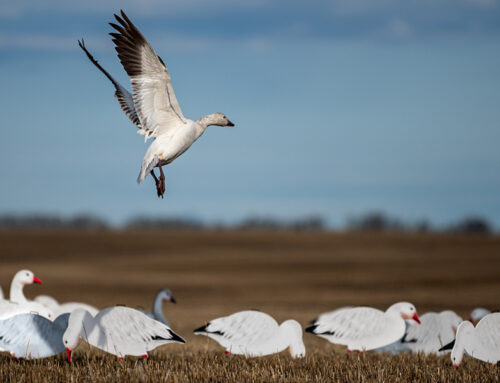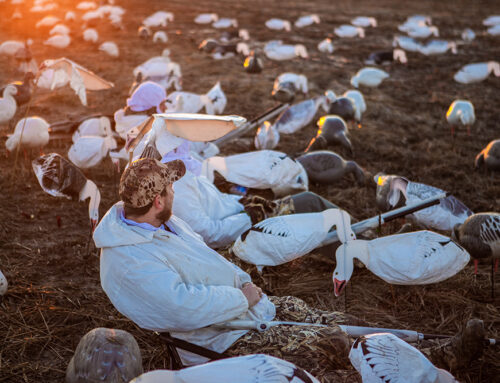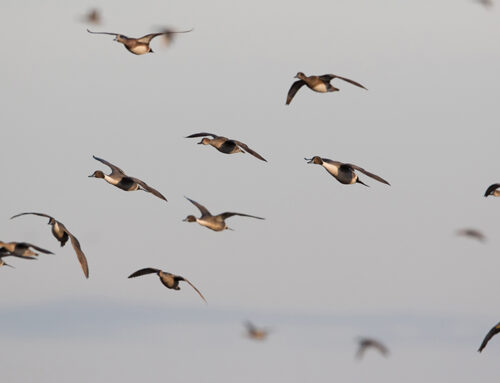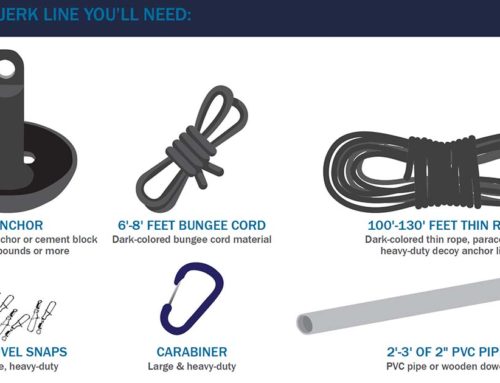5 Ways to Take More
Wood Ducks
Wood Ducks

It seems that the wood duck’s survival strategies include behaving far differently than typical dabblers, thereby eluding hunters who cling to conventional tactics. Woodies show far greater ambivalence toward decoy spreads, they’re less tolerant of habitats near civilization, and their haphazard use of creeks and river systems complicates scouting efforts. However, with the right plan, ample opportunities exist to bag these strikingly handsome, challenging ducks. Here are five tricks.
Scout Covertly
The best places to find wood ducks include beaver ponds, sloughs, forested backwaters and oak-lined portions of creeks. In the southern United States, flooded timber and swamps along river systems are especially productive.
Your goal is not only to find the birds, but to avoid detection. Wood ducks are known to vanish when disturbed, even if not by gunfire. So, approach suspected haunts with caution and use your ears. Woodies tend to be especially vocal on the water, and their contented squeals and chuckles are all the confirmation you need to plan a hunt. Their preferred habitats provide an advantage in this regard, as the surrounding trees allow you to creep along creeks and swamps while remaining hidden.
Tailor the Spread
Finding the ‘X’ is critical, as decoying passing wood ducks (i.e. running traffic) can prove a frustrating endeavor. Wood ducks will decoy, but they’re not wont to do so well outside the vicinities of their intended destinations. Set up where the woodies want to be, and use your decoys to fine-tune their approach.
A small spread of about a dozen decoys is typically all that’s required. Don’t bother with a traditional ‘U’ or ‘J’ formation, as woodies frequently buzz the decoys without circling or regard to wind direction.
However, do ensure your spread consists mostly or entirely of wood duck decoys. While most dabblers will decoy to mallards, wood ducks much prefer to flock to their own species. I like to place a dozen woodie decoys upwind of the blind, with a spinning-wing decoy or small jerk rig in between. Motion is critical, both for visibility’s sake and because decoys amidst slack water scream fraudulence to wood ducks.
As a final touch, I position wood duck decoys closer to cover than I do mallards. I believe it’s a more natural setup, but it’s a fine line, as decoys hugging the shoreline are less visible.
Call ’Em In (Yes, you can)
Rarely I’ve witnessed fairly distant wood ducks turn and coast in on cupped wings to calling. Far more often they maintain course, but if one time out of 50 calling wood ducks works, why wouldn’t you keep a dedicated squeal call on your lanyard?
Ideally, of course, you are where the wood ducks want to be. In that event, crisp chatter simply lets the wood ducks know where you are.
There is one time, however, that wood ducks respond to calling better than mallards: when they’re on the water. Woodies frequently paddle in like aquatic turkeys to squeals and chuckles. Once they’re lured in range, just stand and flush them from the water for a sporting shot.
Jump-Shoot Midday
Wood ducks are among the most susceptible species to jump-shooting, particularly at midday as they loaf along forested creeks. Quietly walk or canoe the creek, readying yourself at every bend for unseen birds.
If you have a partner, all the better. Position him or her downstream, as wood ducks tend to follow the water as they flee an approaching hunter, thereby providing superb pass shooting.
Limit Pressure
For whatever reason, many hunters like to invite several buddies for early season wood duck hunts. If your goal is shooting a few wood ducks and moving on to mallards for the remainder of autumn, by all means take advantage of the opportunity. However, know your spot won’t likely produce thereafter. Wood ducks are extremely sensitive to pressure.
The smarter approach is inviting one buddy, shooting a couple drakes and sneaking out. Thus your honeyhole is preserved and you aren’t back to square one.






Here in PA we hunt them hard. We keep going back to the same appams shoot it maybe 3-4 times a week and they keep coming back. We do call them and they do come to the call. We use 6 decoys only. I have gone into a spot and pushed the woodies out and with in a hour they are coming back. We have done that several times.
Congrats on that. What about the rest of the country beside “PA”
Same here in Arkansas. I almost exclusively hunt woodies you n my property. I do not agree with this article.
Same in Ga. But then again, that’s the most common duck down here, so it’s pretty likely that different birds are coming and going daily. That and the fact that any hole they go to is likely to have at least one shotgun in it, they stayed stirred up and looking for somewhere new.
In LA we knock them down pretty good. Wish they would up the limit to 5 or 6 instead of 3.
I hunt southeast Texas .. I agre with most all that you say. They seam quite eager to check out the calls location but not so eager to land . Slowly walking through swamps works well plus is great exercise. Ps keep an eye on the gators.
I got them in small ponds in Michigan i mean small 1\4 acre and I got about 40 of them in there but at least around me they bail quick u can hunt them hard when there here but 3 is a very quick day a lot of times no reload needed for a limit if I shoot good PS first week of season my first 14 birds took 14 shoots then the luck ran out lol.
By the time they get to us in FL they are well trained and skittish.
@y Flooded timber is the place to for Woodies. They come well to a Woodie whistle call, Also to widgeon calls or even to your dog whistle. Find the flooded timber. Get far back into it looking for feathers on the shallow.water. Also keep an eye open for the duck weed.
Mallards will often frequent the same flooded timber as the woodies will. Woodies and green head mallards in S/E Texas flooded timber. The very best that duck hunting has to offer!
[…] to provide abundant vegetation around water sources. In particular, they prefer wooded marshes and forested backwaters. Vegetation is especially significant in their nesting habitats, as they tend to build nests in […]